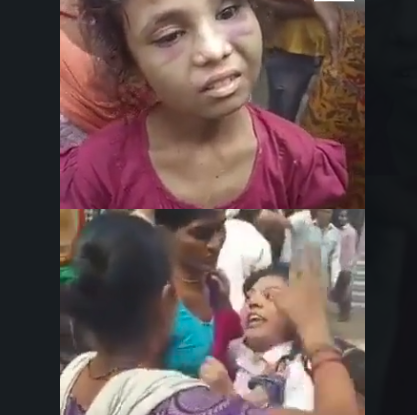Delhi remained enveloped in a dense layer of toxic haze on Thursday, marking yet another day of deteriorating air quality as winter approaches. The city’s overall Air Quality Index (AQI) reached 352, a level firmly classified as ‘very poor’, with several monitoring stations crossing into the ‘severe’ category. The sharp rise in pollution levels has been attributed to stagnant weather conditions, reduced wind speed, increasing emissions from vehicles and industry, and seasonal particulate accumulation linked to crop residue burning in nearby states. Residents woke to grey skies and low visibility, with the thick smog reducing morning activity and prompting renewed concerns over respiratory health.
The spike followed a failed attempt at cloud seeding, a measure the Delhi government had hoped would bring artificial rainfall and clear the air. Conducted in collaboration with IIT Kanpur, the two-phase operation was designed to seed moisture-laden clouds with chemical particles to trigger precipitation. However, the effort proved ineffective due to insufficient atmospheric humidity, which sat far below the 50-60% threshold required for the process to succeed. Experts from the research team confirmed that with moisture levels at only 10–15%, rain formation was not scientifically feasible. The setback highlighted both the limitations of emergency technological interventions and the severity of Delhi’s winter pollution cycle.
Several hotspots around Delhi recorded alarming AQI readings exceeding 400, crossing into the ‘severe’ pollution category. Among the worst-impacted areas were Anand Vihar and Vivek Vihar, both long recognised as pollution-heavy zones due to vehicular congestion and industrial emissions. Peaks in Wazirpur and adjoining neighbourhoods further demonstrated how widespread pollution has become across the National Capital Region, with adjoining cities such as Noida, Ghaziabad, and Gurgaon also reporting hazardous conditions. Public health experts have reiterated warnings for vulnerable populations, urging them to limit outdoor exposure and consider protective measures such as masks and indoor air purifiers.
Authorities have already activated the second phase of the Graded Response Action Plan, which includes curbs on construction, restrictions on polluting vehicles, and increased surveillance of industrial emission norms. With pollution levels persisting above permissible limits for nearly two weeks, residents and civil groups have intensified calls for structural long-term solutions rather than seasonal crisis responses. While light showers are forecast for parts of the NCR later in the day, meteorologists caution that any improvement, if it occurs, may be temporary unless accompanied by favourable wind conditions. Delhi’s worsening air quality continues to spotlight the region’s chronic environmental vulnerabilities, the growing urgency of sustainable urban planning, and the need for coordinated emission-control efforts across northern India.



